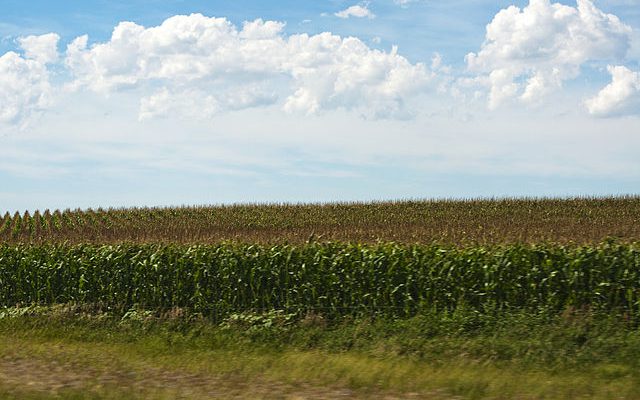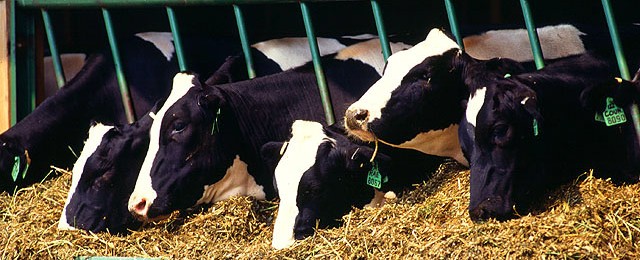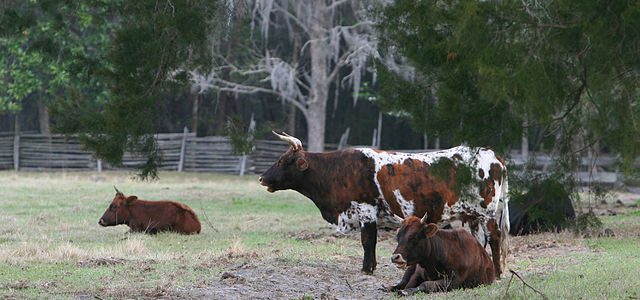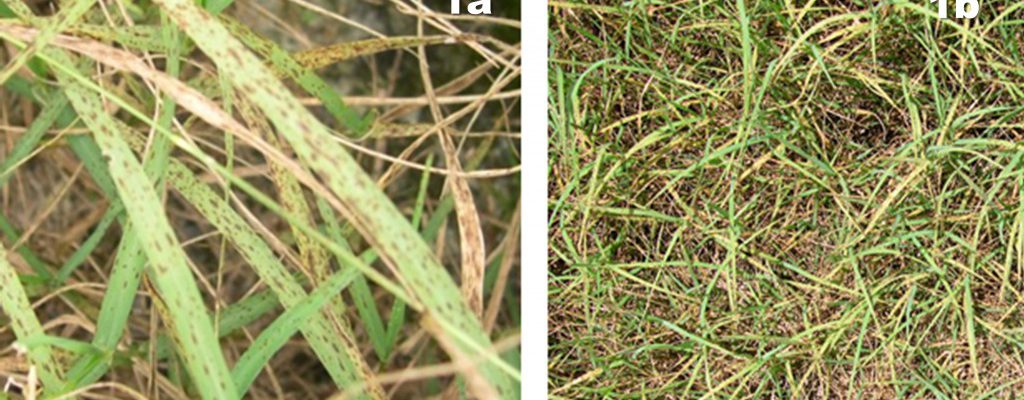Livestock
-

If you are a livestock producer, Drovers Newsletter has published a very useful story on a new report which describes what you can do both to prepare for disasters before they occur and how to recover after a disaster occurs. Many of these disasters are, of course, weather-related. You can read the story here.
-

Purdue University has just released a new report which describes the impacts of changing climate on agriculture in Indiana, which like much of the Southeast is heavily invested in growing crops and livestock for food and other uses. While climate changes in the Southeast have been more subtle than those in Indiana and the Corn…
-

While the summer heat in the Southeast has been rather mild this year compared to some years when we are in a drought (and have less cloud cover), it is still a good idea to keep in mind minimizing stress on your livestock. This article from Dairy Herd Management provides some pointers that you can…
-

Depending on where you live, the animal feed in your area could be affected by either drought (as in Texas or Europe) or soggy conditions (most of the Southeast). Here are a few articles I have seen discussing how the weather is impacting animal feed recently. Also note the story about the loss of pork…
-

Irma hit the Florida peninsula almost ten months ago, causing heavy damage to many farms in the region. Producers are slowly recovering from the impacts of the winds and flood, but dairy farmers have been slow to benefit because of a clause in the recovery legislation which barred dairy farmers from recouping losses since milk…
-

One of the tragedies of lightning storms is that sometimes when lightning hits a tree, injury or death can occur to anything below that tree, including cattle that have taken shelter from the storm. A recent story about one such event prompted this article from Drovers Newsletter about the odd comments received on social media…
-

According to the Panhandle Ag e-Newsletter published on Friday, the wet conditions and warm weather have made this prime season for the development of diseases in forages, especially fungal diseases. You can read more about what kind of diseases to expect and see pictures of what they look like as you scout your fields at https://nwdistrict.ifas.ufl.edu/phag/2018/06/22/summer-is-the-time-to-scout-for-forage-diseases/.